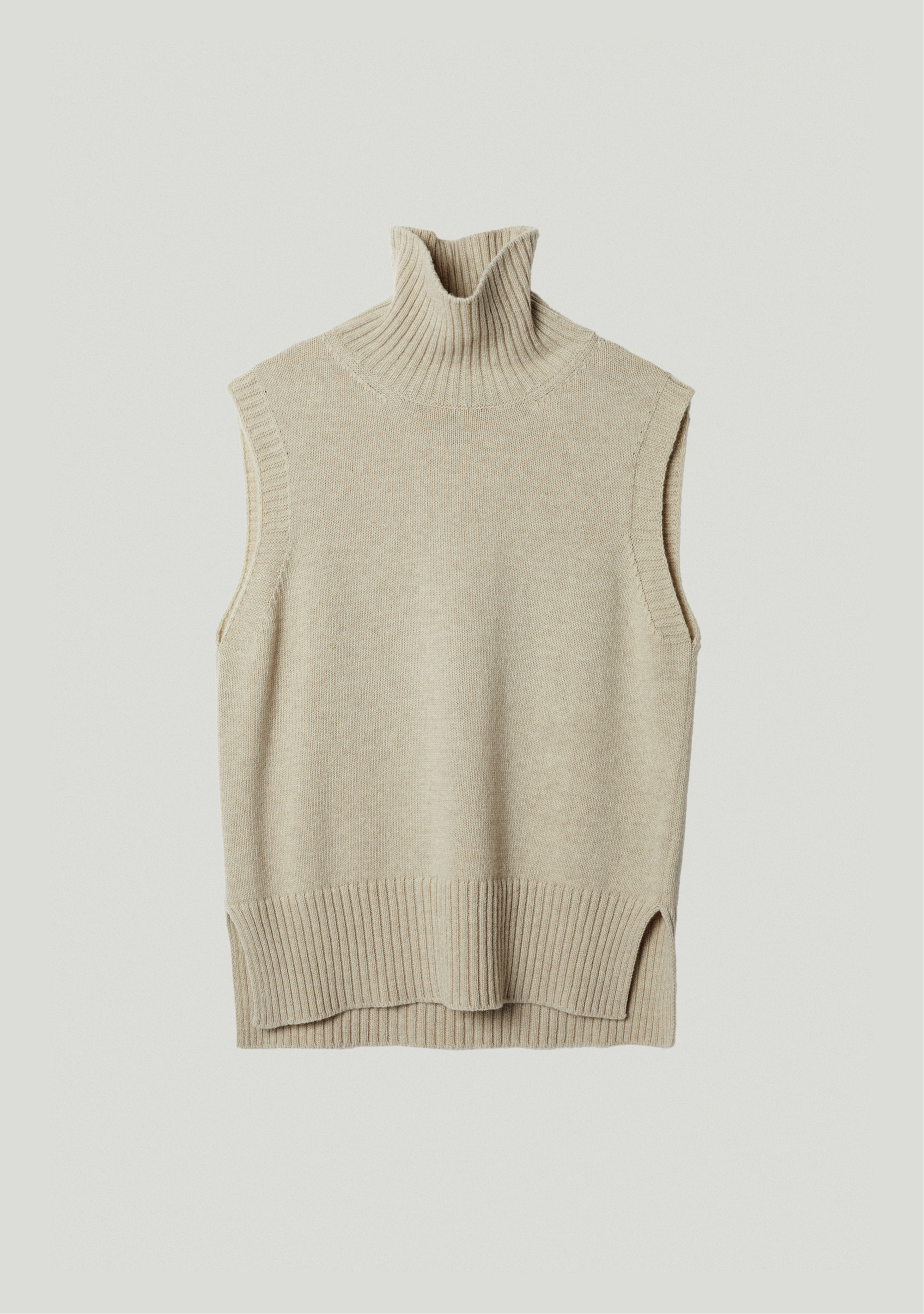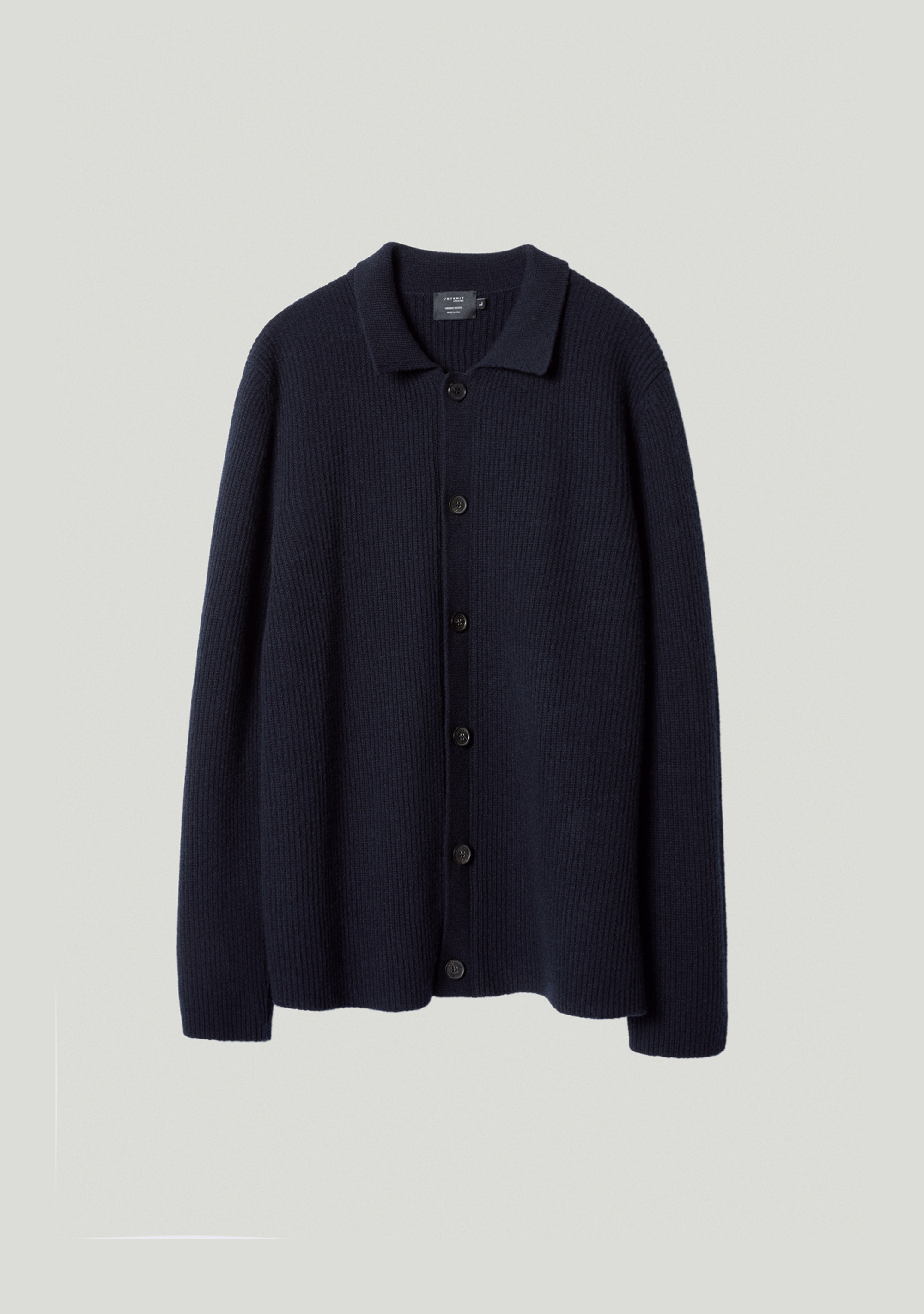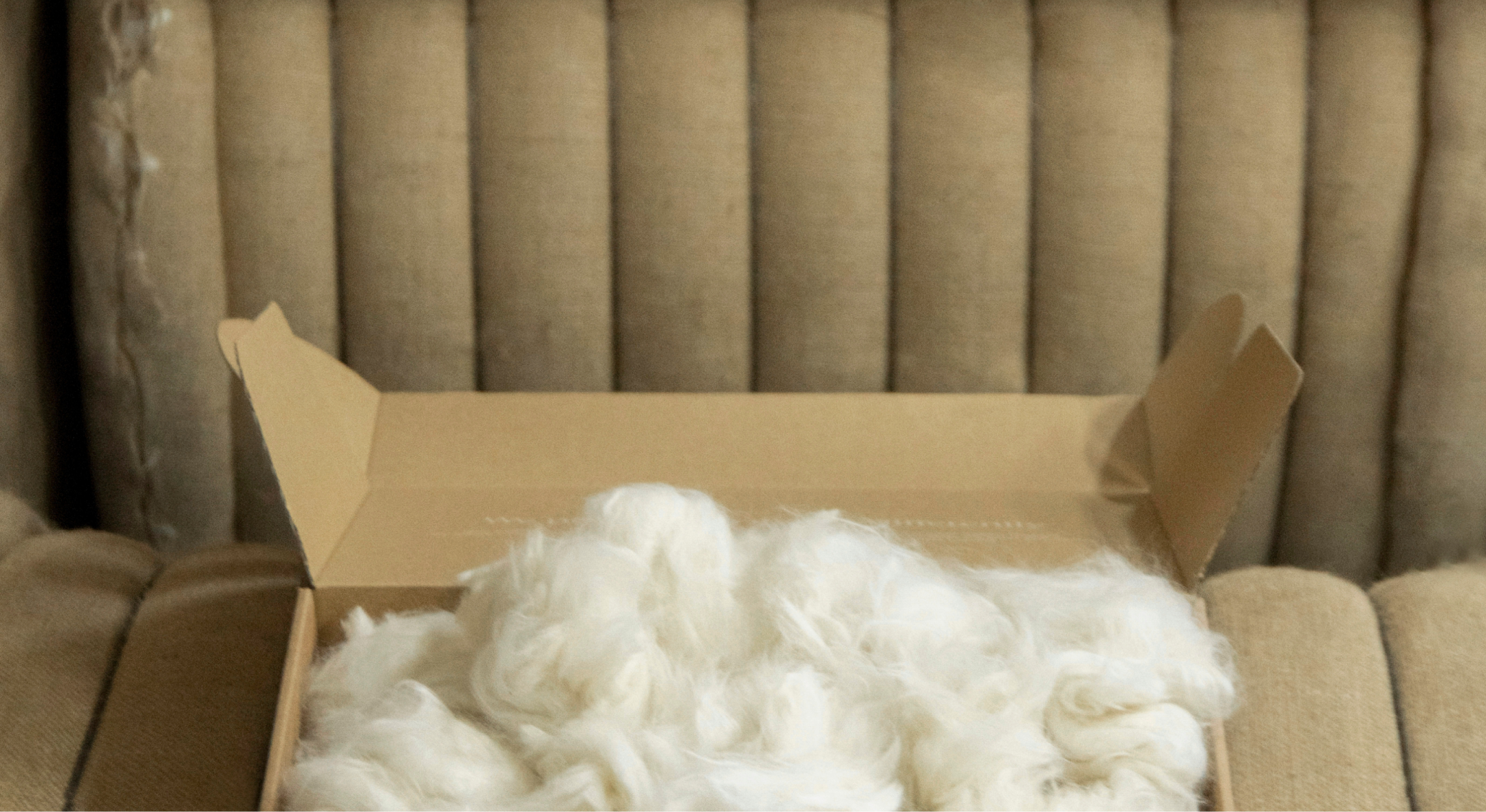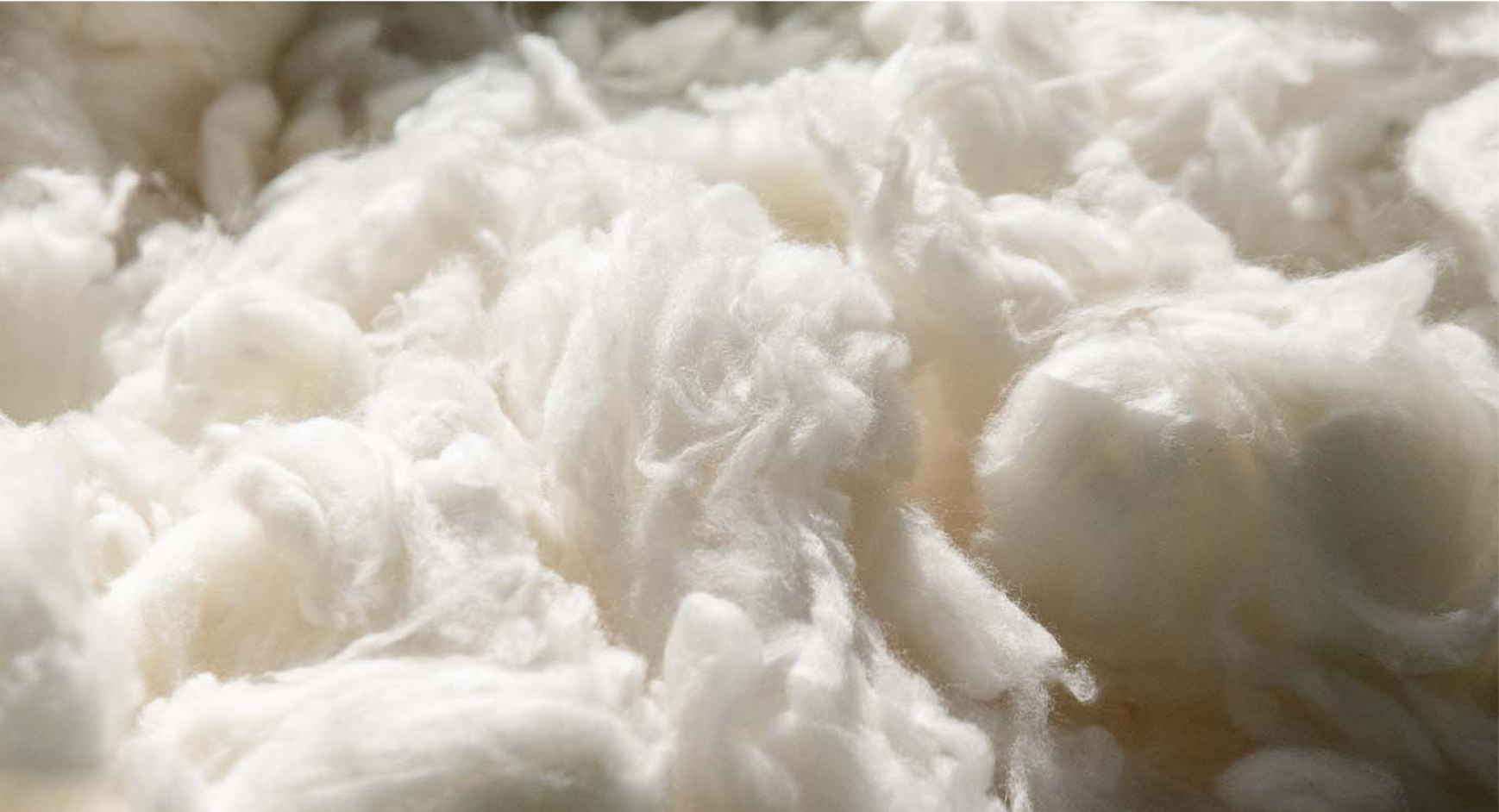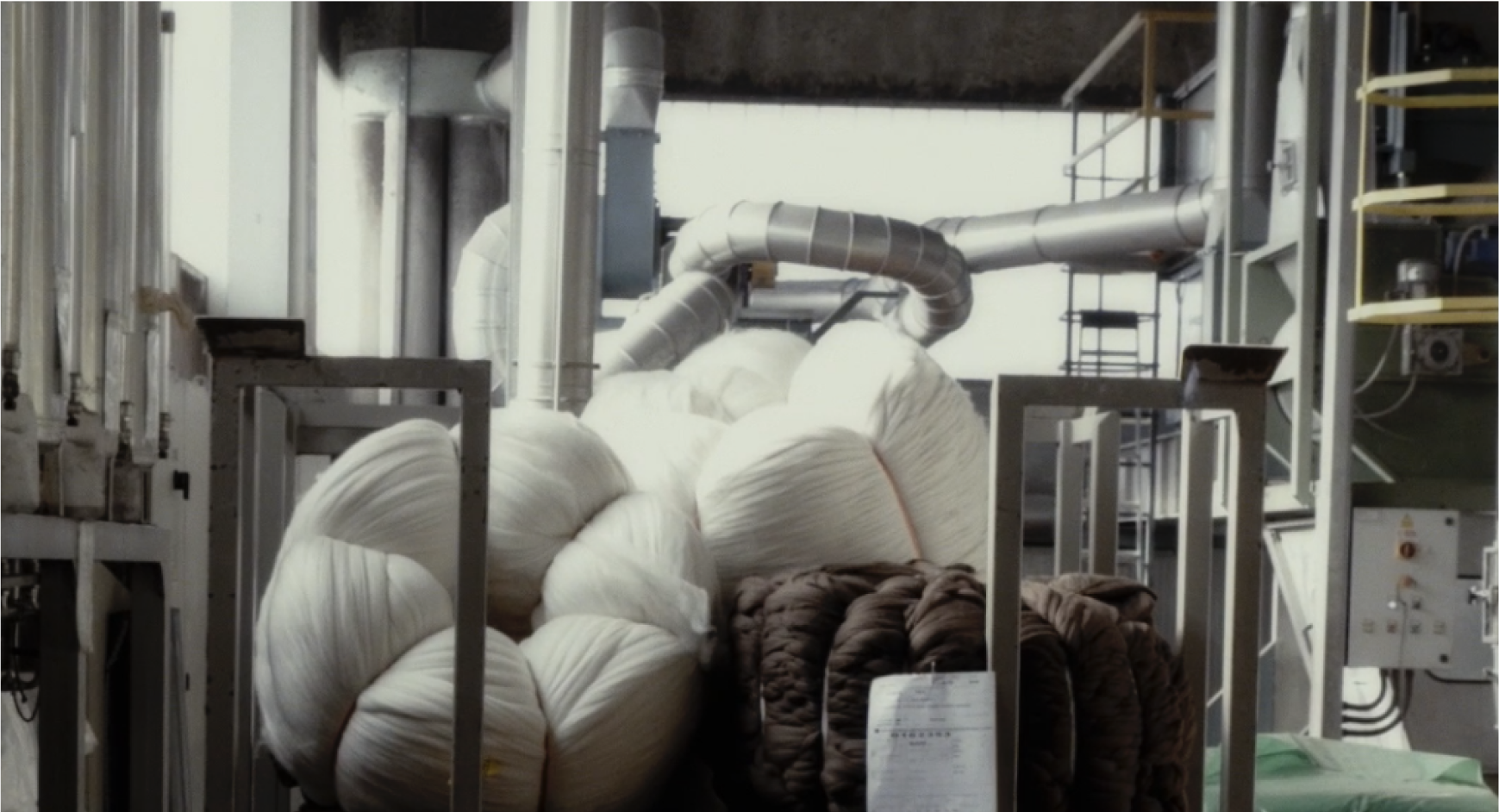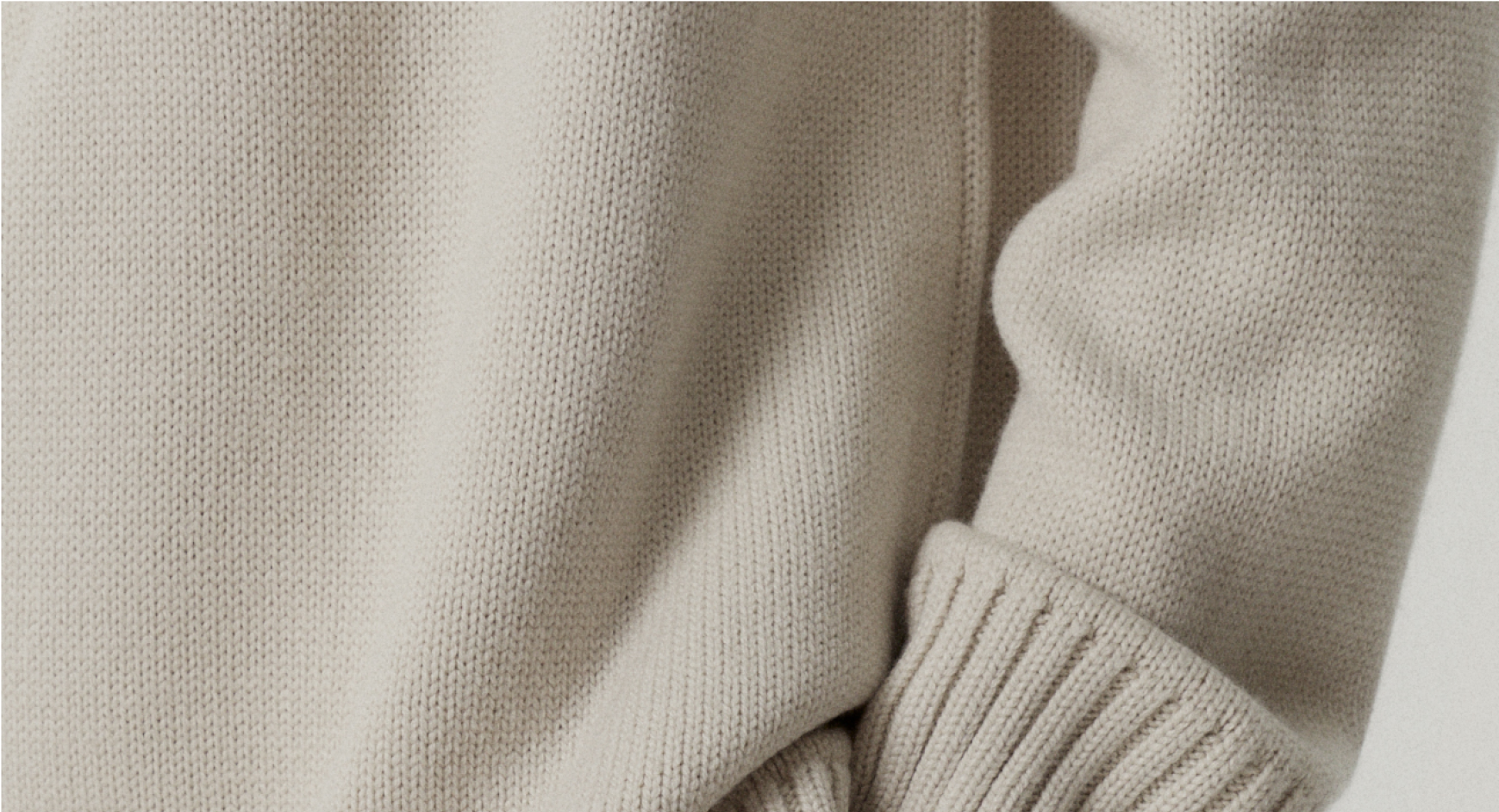Sustainability of wool represents a tangible example of how the textile industry can embrace responsible practices to preserve the environment and ensure ethical production. This natural fiber, obtained from shearing sheep, has a long history of use that aligns with environmental responsibility. Every year, 70 million Merino sheep organically produce new fleece, making wool a completely renewable material. It is the most valid alternative to reduce the use of synthetic fibers, which depend on fossil fuels: the production of plastic-based fibers for fabrics uses approximately 350 million barrels of oil every year.
The first crucial element in the sustainability of wool is its life cycle. Its production begins with the care of animals, where an ethical and welfare-oriented approach to sheep is fundamental. Our mills ensure that the wool we use in creating our pieces is mulesing-free, meaning that animals on farms do not undergo any unfair treatment. Farms adopting sustainable management practices ensure that animals are treated with care and respect, contributing to creating a healthy and safe environment.
Shearing itself is a humane process that, when done correctly, ensures that sheep maintain good health and overall well-being. Moreover, sheep are essential for soil health. Including animals in farming systems and implementing rotational grazing techniques ensure that grass is cut regularly, allowing it to regrow, store more carbon in its roots, and support biodiversity in and above the soil.
A second fundamental aspect concerns the biodegradability of wool, which returns to the earth without creating environmentally harmful waste. Unlike synthetic materials, which often persist in the environment for centuries, wool naturally decomposes, helping to reduce environmental impact and waste management issues. This characteristic gives wool a significant advantage in the fight against the growing problem of textile waste. Composed of keratin, wool does not release microplastics during washing, unlike synthetic fibers that are responsible for 35% of microplastic pollution in our oceans.
Durability is another pillar of wool sustainability. Pieces made from this material are known for their strength and longevity. Quality wool, if properly cared for, can last a long time without losing its shape or performance. This contrasts with the "fast fashion" approach associated with many synthetic textile products. Investing in wool clothing not only reduces the frequency of purchases but also helps limit excessive resource consumption. Wool requires 18% less energy than polyester and almost 70% less water than cotton for the production of 100 sweaters.
According to The Woolmark Company, wool is the only fiber with a well-established and commercially viable recycling path. Although it represents only 1.2% of total virgin fiber production, some research has shown that 5% of garments donated to charity are made of wool. It is indeed one of the most recycled fabrics for creating new products.
For all these reasons, we have chosen wool as our preferred material. It allows us to create timeless, durable pieces with a reduced impact both in the production phase and in the end phase, helping us promote a new way of dressing and consuming more responsibly.
Sources:
The Woolmark Company website
A New Textiles Economy: Redesigning Fashion's Future - Ellen McArthur Foundation
Microplastics from textiles: towards a circular economy for textiles in Europe - European Environmental Agency



